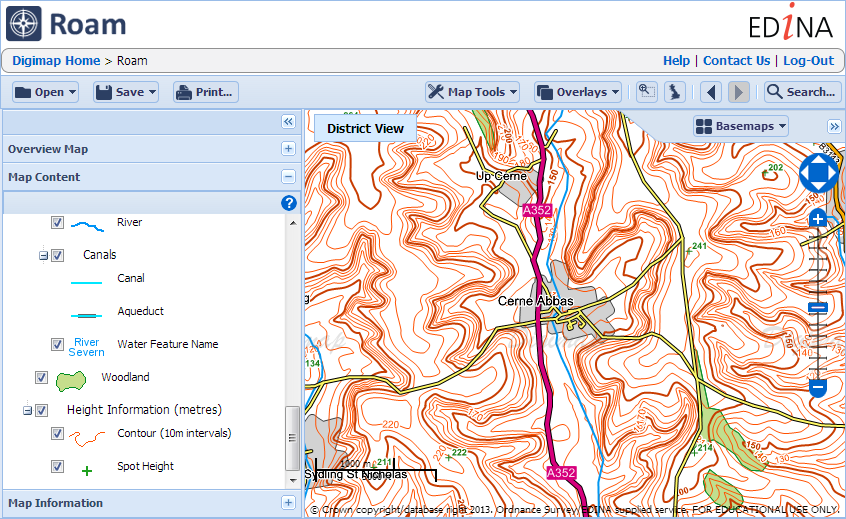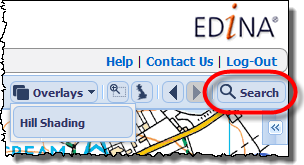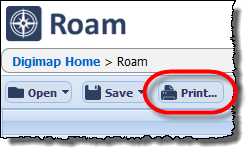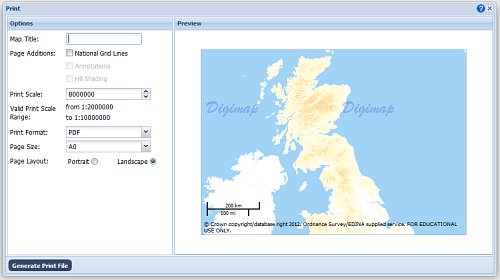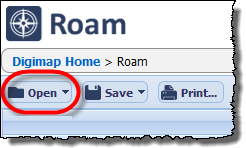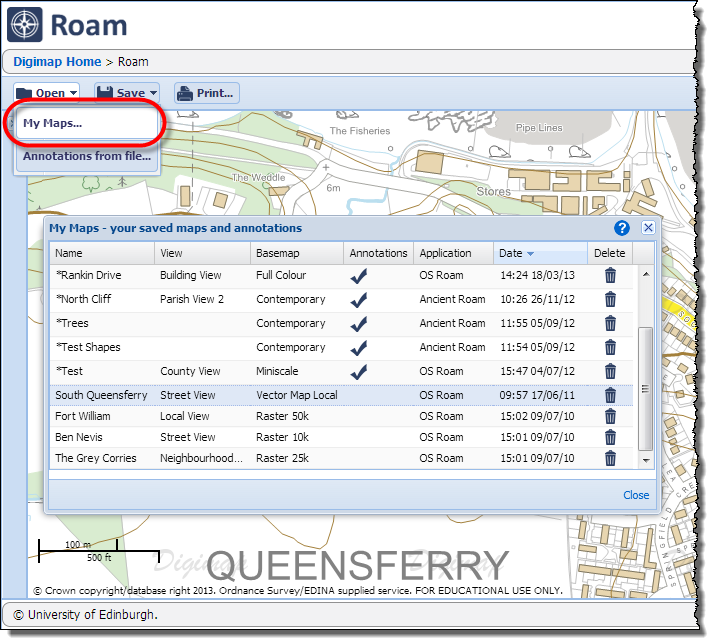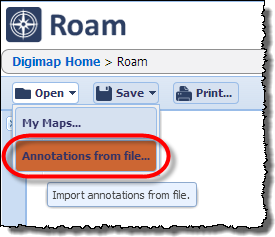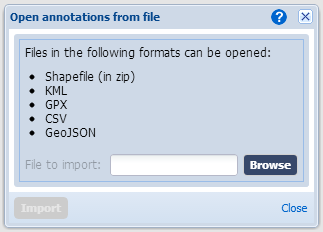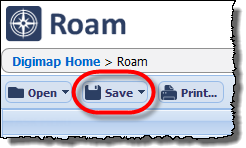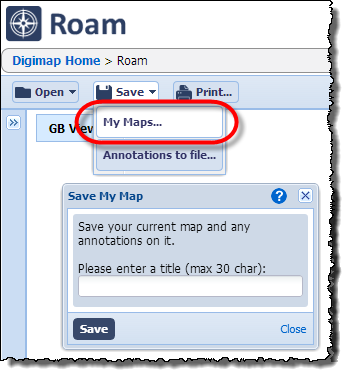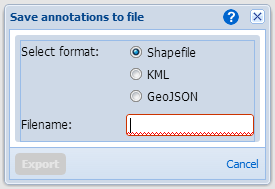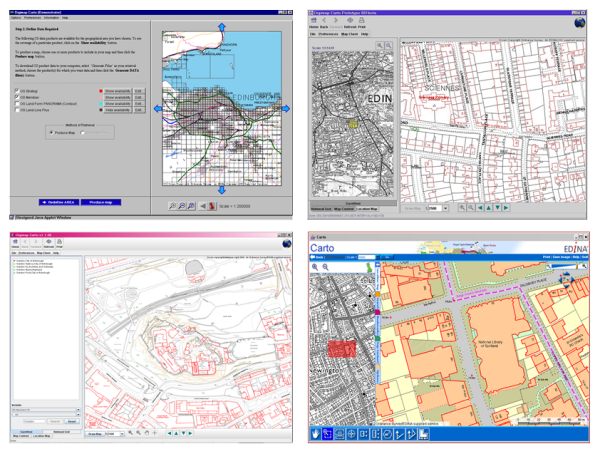We are often asked whether Ordnance Survey maps from Digimap can be published on the web and whether the Digimap licence allows this. The simple answer is yes, but there are (as always) caveats. The most obvious one is that any maps from Digimap that you publish on a website must relate to your academic work. That applies to the use of Digimap, regardless of what you do with the maps or the service.
The section of the Ordnance Survey Licence you need to look at is Schedule 2 of the Second Variation Agreement. This was originally called Appendix 4 under the original 2007 – 2009 licence, but has since been superseded by the first and second variations. You can find all the licence documents online here:
http://digimap.edina.ac.uk/webhelp/os/osdigimaphelp.htm#copyright/licence_agreement.htm
Static Images
If you wish to publish a static image on your public-facing, “open to the world” website, you may do so on condition that the image is no bigger than 1 048 576 pixels. This is the equivalent of a square 1024 x 1024 pixels.
If you wish to publish a static image on an intranet page, that is, a website with access restricted to members of your institution, there are no restrictions on the size of the image you can use.
You can publish as many images as you wish, as long as each one is less than 1 048 657 pixels (1024 x 1024 or equivalent).
Interactive Mapping
A more common and complex question is whether you can put up a “zoomable” map with your own data overlaid on it. If this is what you wish to do, you need to consider the following stipulations in the licence:
When rendering mapping on a website:
- Only Digital Maps may be published. Digital Data and mapping in GeoPDF format may not be published at any time.
- It must only be available as an image and not be accompanied by drawing or measuring tools.
- It is permissible to zoom in and out to enlarge or reduce the viewing scale of a discrete map image but not to change from one dataset to another of higher/lower resolution.
- It is permissible to pan to the edge of a discrete map image (where the ‘viewing frame’ is smaller than the overall image).
- Digital Maps may be displayed at any size on screen.
- More than one Digital Map may be included but no single Digital Map may be of a size greater than specified above.
Note that “Digital Maps” is a capitalised term and is specifically defined in the licence agreement. The definition given is: “any or all of the maps created by a Datacentre from the Licensed Work to be used in a Service provided by a Datacentre.” In essence this means any map created by Digimap which is “non intelligent”. That is, it contains no vector data, cannot be interrogated to extract data of any sort (in the same way as one might interrogate a satellite image to identify the spectral signature of a particular pixel), and is a dumb image.
Given these stipulations, you are not permitted to use the Ordnance Survey licensed data available through Digimap to display a series of maps using different OS data products which the public can zoom in and out of, pan around the whole country and add their own markers to, in a similar way to many other online mapping services (such as Google Maps or Apple Maps or OpenStreetmap). Note that this does not apply if you wish to use the OS OpenData, which is also available through Digimap.
Alternative Sources of Mapping
If you do wish to create an interactive mapping function on your website, you might like to consider the alternatives to using licensed Ordnance Survey data. EDINA operates a free service called OpenStream which provides OS OpenData through an API. You need an academic email address to register for OpenStream (ending .ac.uk) , but it doesn’t cost. The maps area available under the OS OpenData licence and the licensing terms are therefore much more flexible than the data licensed through Digimap.
As ever, if you have any questions about what you can and cannot do under the Digimap licence, please do not hesitate to contact EDINA with details of what you wish to do, what data you wish to use and who you intend should benefit from your work. We are keen to hear of licensing questions you would like to see explained further on this blog.





